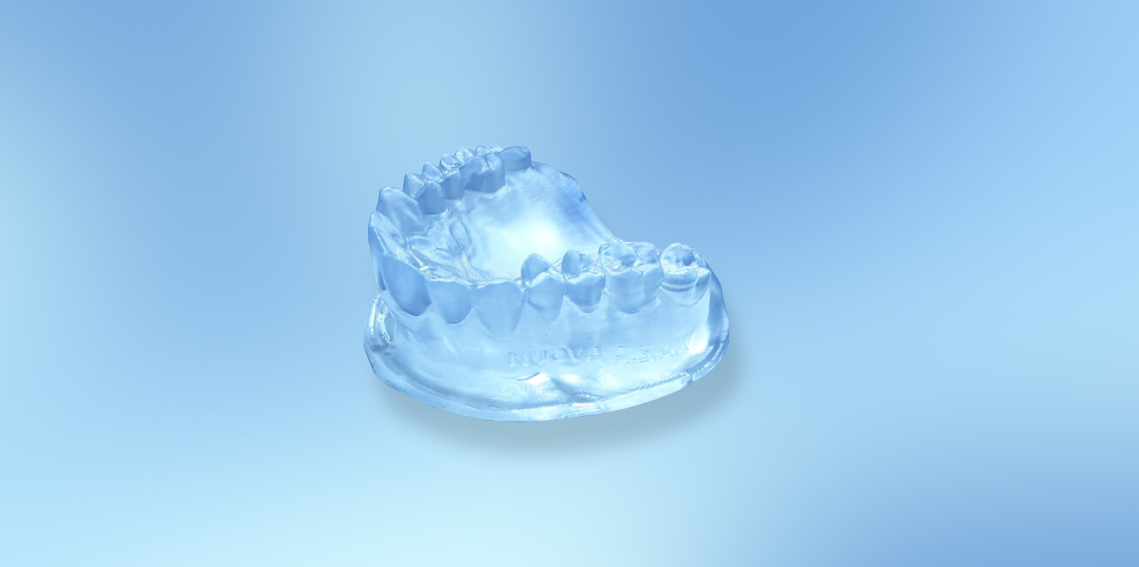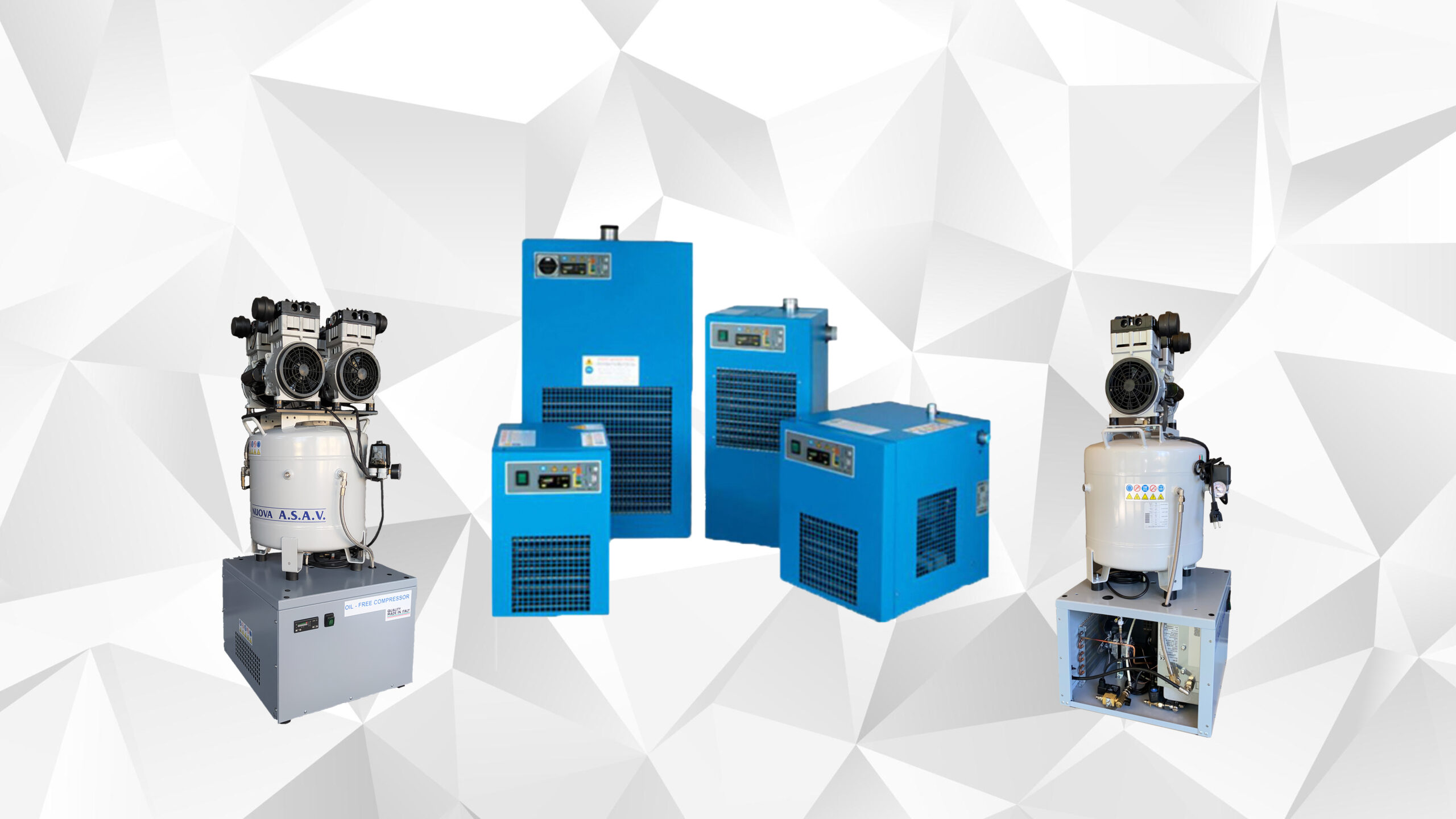There are a huge number of 3D printing resins available on the market, all with different properties and prices.
Because of the difference in resin chemistry, an evaluation of the mechanical properties can help you choose the right resin for your application. In many cases a 3D printing resin supplier provides a set of mechanical properties for each material. What do these mechanical properties mean and how do they relate to your application?
These specific 3D printing resins are UV-curable, which means they have a specific reactivity to light. This reactivity controls the behavior of the resins during printing. Specific parameters of its reactivity are the Critical Energy (Ec) and the Depth of Penetration (Dp), two values that can be found for all the resins in the relative Technical Data Sheet.
Reactivity to light is measured by exposing resins to different doses of energy, in most cases this is controlled by increasing the time of exposure to light during printing.
Since the resin will absorb the light and use its energy to initiate the solidification reaction, the depth of cure will always be related by a logarithmic correlation between it and the exposure.
Dp = Penetration depth [mm]
Ec = Critical Energy [J/mm2]
The depth of penetration (Dp) shows a sensitivity of the resin to variations in light emission.
A material with a low Dp performs better when subject to exposure time/light source power variations, while a material with a higher Dp is more likely to print faster but also more sensitive to failure to deviations in the light source. light emission.





